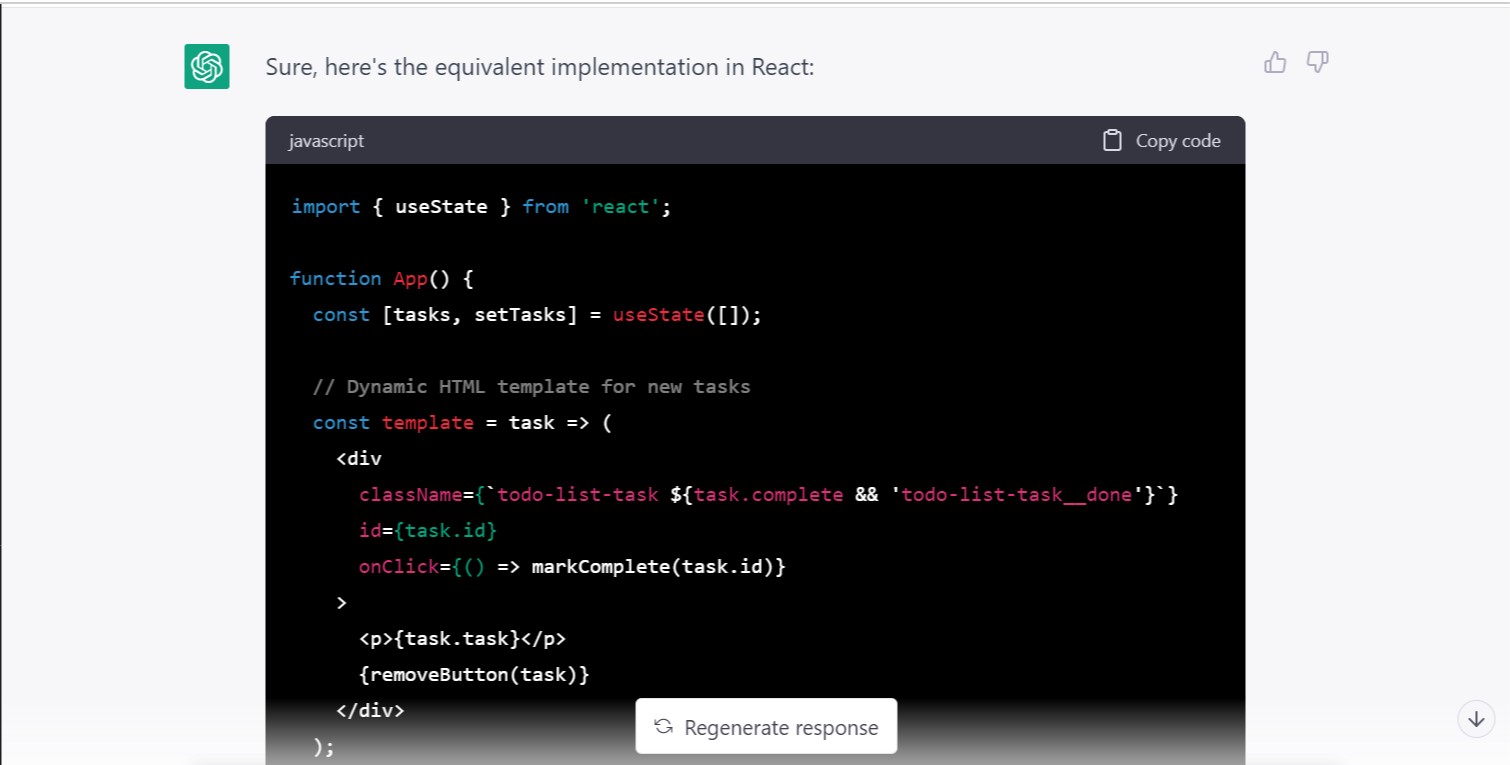Using ChatGPT for coding assistance can significantly enhance your programming workflow, whether you’re a beginner or an experienced developer. This guide provides a comprehensive, step-by-step approach to effectively leverage ChatGPT for various coding tasks.
Step 1: Accessing ChatGPT
To begin, you need to access ChatGPT:
- OpenAI Platform: Visit chat.openai.com and log in or create an account.
- Subscription Plans: While a free version is available, subscribing to ChatGPT Plus ($20/month) grants access to advanced features like GPT-4, which offers enhanced coding capabilities.
Step 2: Crafting Effective Prompts
The quality of ChatGPT’s assistance heavily depends on how you frame your prompts. Here are some tips:
- Be Specific: Clearly state the programming language, desired functionality, and any constraints.
Example: “In Python, write a function to merge two sorted lists into one sorted list.”
- Provide Context: If you’re encountering an error, include the error message and the relevant code snippet.
Example: “I’m getting a ‘TypeError’ when trying to concatenate a string and an integer in this code: print(‘Age: ‘ + age).”
- Iterate: If the initial response isn’t satisfactory, refine your prompt or ask follow-up questions for clarification.
Step 3: Utilizing ChatGPT for Various Coding Tasks
ChatGPT can assist with a wide range of programming activities:
- Code Generation
Request ChatGPT to write code snippets or entire functions.
Example: “Generate a JavaScript function to validate an email address using regex.”
- Debugging
Share your code and describe the issue you’re facing.
Example: “I’m getting an ‘IndexError’ in this Python loop: for i in range(len(my_list)): print(my_list[i+1]).”
- Code Explanation
Paste a code snippet and ask ChatGPT to explain its functionality.
Example: “Explain what this SQL query does: SELECT name FROM employees WHERE salary > (SELECT AVG(salary) FROM employees).”
- Learning New Concepts
Use ChatGPT to understand new programming concepts or paradigms.
Example: “What is the difference between synchronous and asynchronous programming in JavaScript?”
- Code Optimization
Ask for suggestions to improve the efficiency or readability of your code.
Example: “Optimize this loop for better performance: for i in range(len(my_list)): if my_list[i] == target: return i.”
Step 4: Integrating ChatGPT into Your Development Workflow
To maximize productivity, integrate ChatGPT into your existing development environment:
- IDE Extensions: Some IDEs offer extensions that integrate ChatGPT, allowing you to access its capabilities without leaving your coding environment.
- API Access: For more advanced integration, use OpenAI’s API to incorporate ChatGPT into your applications or tools.
Step 5: Best Practices and Considerations
- Review Generated Code: Always test and review the code provided by ChatGPT to ensure it meets your requirements and follows best practices.
- Security: Avoid sharing sensitive information or proprietary code with ChatGPT, especially when using public or unsecured platforms.
- Continuous Learning: Use ChatGPT as a learning tool to deepen your understanding of programming concepts and improve your coding skills.
Conclusion
ChatGPT serves as a powerful assistant for various coding tasks, from generating code snippets to explaining complex concepts. By crafting effective prompts and integrating it into your workflow, you can enhance your productivity and accelerate your learning in the field of programming.





